Explainer: China's Slowdown
The World's Economic Engine is Sputtering
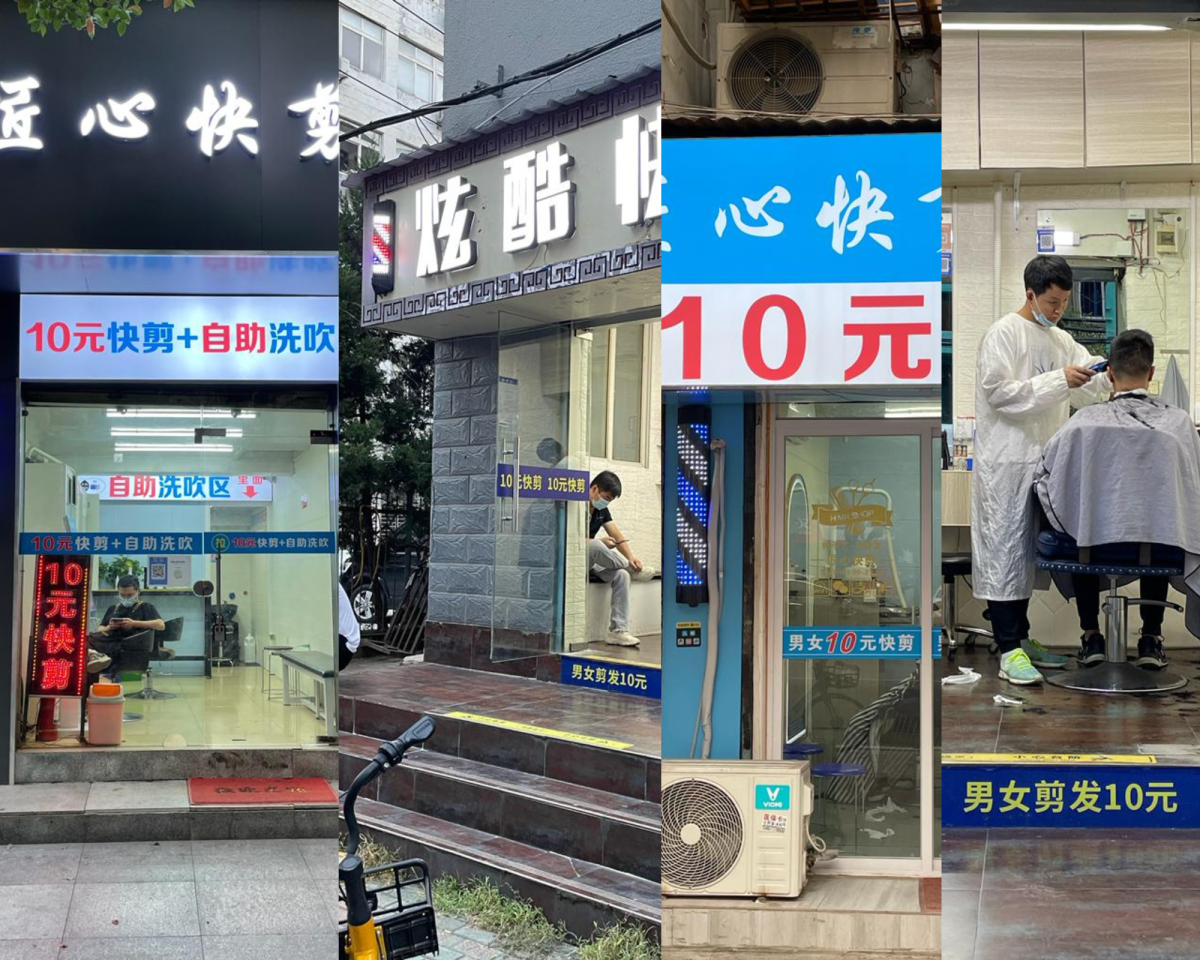
Four of the new barber shops in Wuhan, China, opened by people who lost their jobs in China's economic slump. / Photos: Fons Lamboo
In Wuhan it’s easy to get your hair cut these days, especially if all you’re looking for is a simple buzzcut. New barbershops are popping up all over this city of 12 million. At only CNY 10 (USD 1.40), it’s also dirt cheap to get a trim. This barber explosion is a direct consequence of the dire straits China’s economy finds itself in. Some of the main indicators show their lowest levels in decades. For people in their 30s and 40s, the economic situation is as bad as never before in their lifetimes.
In Wuhan, like all over the country, people find themselves suddenly unemployed, scrambling for odd jobs to scrape a living together. Like cutting hair for next to nothing. The very local indicator of a rise in hairdressers in Wuhan is not the only sign of China’s economic troubles. And when the global engine of economic growth gets a cold, we all sneeze.
This Explainer looks at China’s slowing economy, lists government attempts to adjust to a new era of lower growth, and points to effects this will have outside China’s borders.
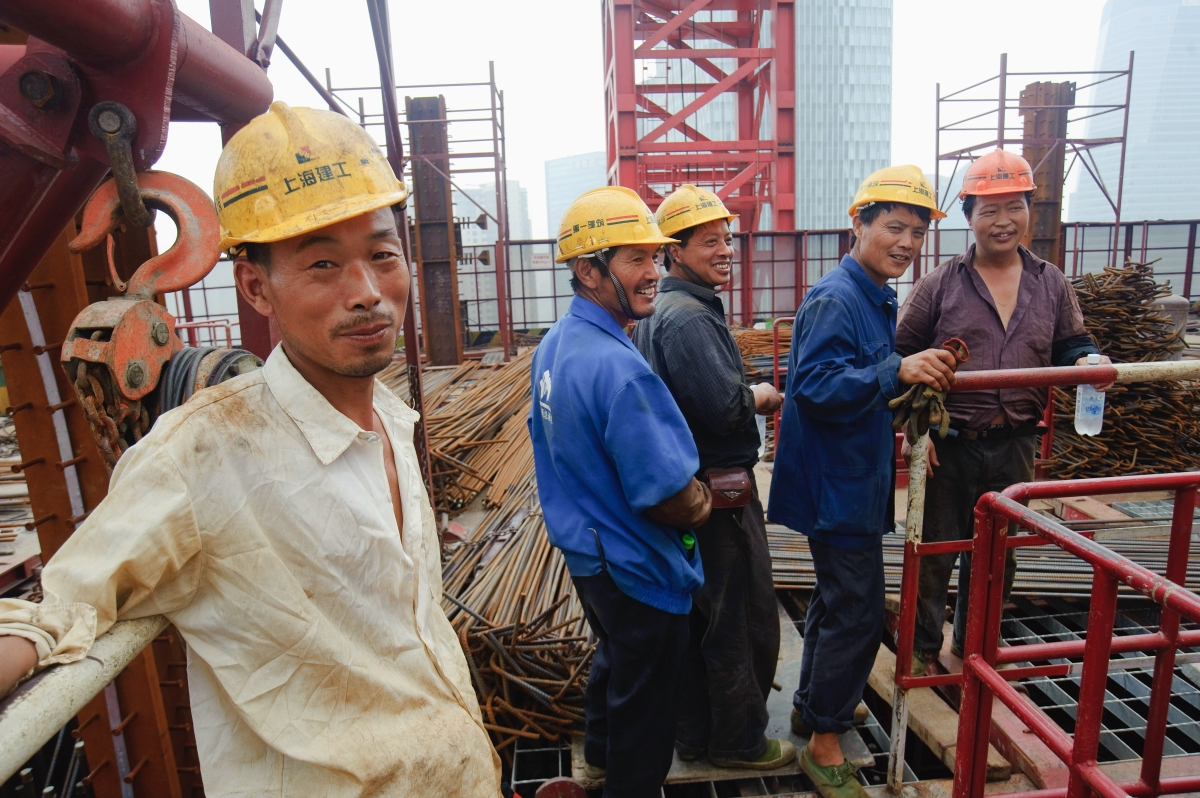
WHAT'S GOING ON?
China’s economy, long the main engine of global growth, is sputtering as the government reins in what it considers capitalist excesses and aims to rebalance the country’s economy.
The International Monetary Fund has cut its forecast for China’s growth for this year down to 3.2%, the lowest in 40 years. Just released figures put third quarter GDP growth at 3.9%, well below the 5.5% annual target. The IMF sees the slowdown as one of three major threats to the global economy, besides Russia’s invasion of Ukraine and high inflation, adding: ‘the worst is yet to come’. The World Bank estimates China’s economic output this year will lag behind the rest of Asia for the first time since 1990.
Where is it hurting?
- Real estate. The sector’s implosion is easily illustrated by spectacular clips of unfinished apartment blocks being blown up. But behind the dynamite is the crumbling of a cornerstone that made up over 25% of China’s total economic output.
- China’s households poured money into real estate, as there are few other investment options to build a solid retirement fund. Worldwide, half of all wealth consists of home ownership. In China, that’s over 70%. For years, prices only ever went up. This led to overdemand and thus developers building too much.
- The developers paid for the land and the construction with down payments from home buyers. For many people, buying a house meant buying the promise of a house which, once it’s built, will hopefully be worth more than what you paid for it today. That promise, it turns out, was not set in stone.
- In 2020 the central government decided to rein in the real estate sector, weary of the ever-increasing bubble built on credit.
- The new measures, called ‘the three red lines’, set limits on how much developers could borrow against what they already possess, not against promises of future assets. Twenty of the 30 biggest developers suddenly found themselves crossing at least one red line, leaving them in financial trouble.
- Last year, Evergrande, one of the largest property builders, couldn’t pay its debts anymore under the new rules. This shock wiped out billions of dollars, leaving developers without cash to finish construction on countless projects across the country. And that brings us back to the videos of concrete tower blocks being blown up.
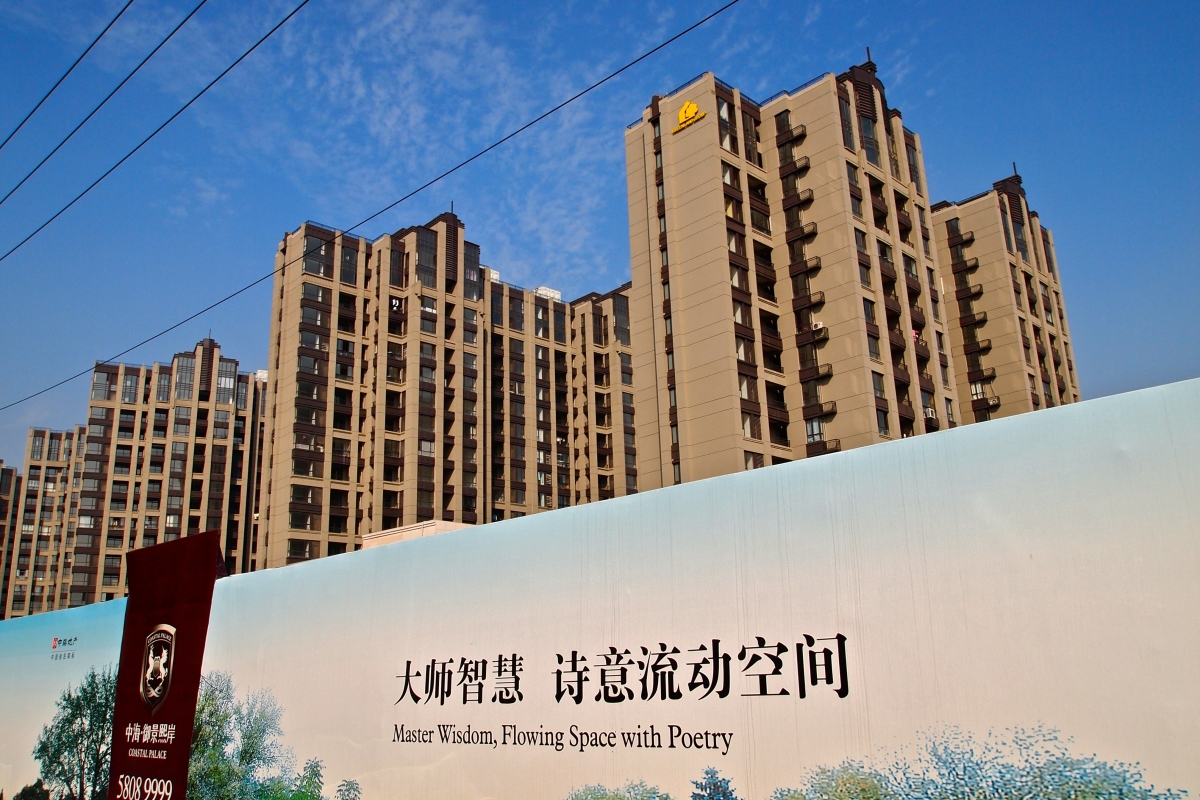
EVERYTHING'S CONNECTED
Consequences of the real estate collapse are felt everywhere. And now that recession looms globally, there’s no cushioning the blow with strong growth in other sectors.
- Demand for new houses is declining, meaning prices are going down. In August, house prices fell 1.3% year on year, the steepest drop in seven years. No one expects a quick recovery.
- In a consumer survey conducted by the People’s Bank of China, over 85% of respondents expected prices to drop or stagnate. Property sales in 21 cities plunged 38% year on year over the National Day holiday earlier this month, which is usually the high season for the real estate market.
- The real estate crisis is directly impacting local governments in China, who can no longer depend on the cash flow from land sales to developers, which made up roughly 40% of their annual income.
- Local and provincial governments have long been a major motor for economic growth, by investing the money from land sales in large-scale infrastructure projects. Now that motor is at a stand-still. China’s 31 provincial-level regions reported an income gap of CNY 6.74 trillion (USD 948 billion) for the first eight months of 2022.
- Civil servants report getting their salaries cut or being fired. Local governments are looking elsewhere for alternative income sources. Financial news outlet Yicai reports revenue from fines and confiscations jumped 10.4% in the first seven months of this year.
- Investments make up 40 to 45 percent of China’s GDP, with infrastructure and property accounting for nearly two-thirds of that. With the outlook being bleak, ‘if it is not replaced with another equivalent source of growth, this must result in a sharp contraction in China’s GDP growth”, writes Michael Pettis, professor of finance at Peking University.
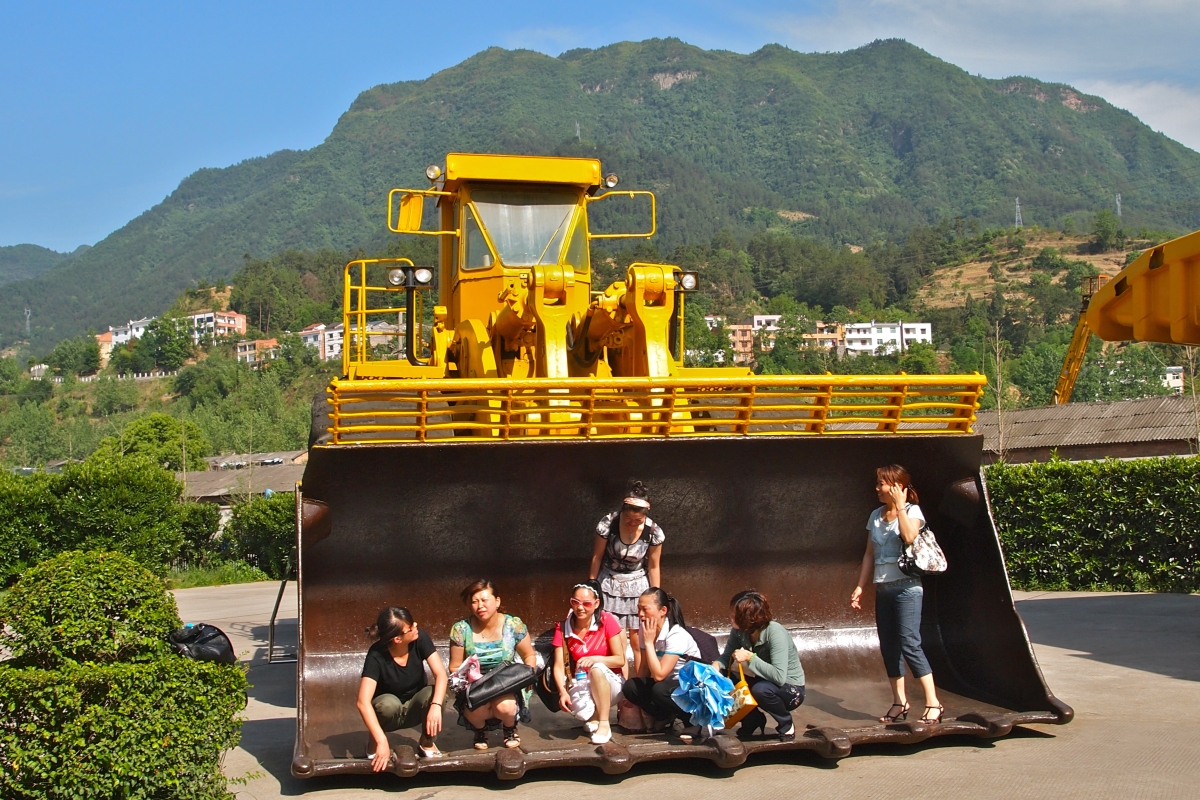
AND THERE'S MORE...
The real estate crisis coincides with other negative factors to create a perfect storm that has effects all over the economy. Some of these are of Xi Jinping’s own making. Take a deep breath…
- Zero-COVID is depressing not just people, but their spending as well. If you’re locked down and might lose your job, you don’t feel like shopping for houses or a TV. Consumer spending, which should replace infrastructure and real estate as a new driver of growth, is slowing. Retail sales in September increased 2.5%, the lowest growth since June and only half of what was expected. Consumer confidence is at a seven-year low, while the service sector contracted in September.
- Marxism is back. The state, and thus the Communist Party, increasingly influences private companies and makes critical decisions for them, for example to invest in state-owned enterprises which are often less innovative and less productive. The era of Deng Xiaoping’s ‘reform and opening’ and unbridled growth has been replaced by a time in which the state takes back control of all aspects of the economy, writes Asia Society President Kevin Rudd.
- Another sector that feels the negative impact of this is the tech industry, which has been the target of a regulatory crackdown for two years now. It means WeChat-owner Tencent, one of the most innovative and successful tech companies in China, is now worth less than the country’s most famous liquor producer Kweichow Moutai.
- Tourism is down even compared to earlier in the pandemic. International travel is virtually impossible, but the zero-COVID policy has badly damaged domestic travel as well. During the recent Mid-Autumn Festival, tourism revenue was down more than 20% compared to last year.
- Youth-unemployment is at a record high. One in five 16–24-year-old has no job. According to Renmin University in Beijing, there are only 0.71 jobs available for every recent graduate. This creates extra jitters among older generations, who now choose saving over spending even more, fearing their unemployed kids won’t be able to support them in their old age. Overall urban unemployment sits at a record 5.4%.
- Export growth slowed down from 23.9% to 12.3%, as global recession looms. This leads to factories in China shutting down. August marked the fifth straight month of manufacturing job loss.
- The renminbi hit a 15-year low against the dollar. That makes Chinese exports cheaper, but demand for them is low due to global economic malaise. Meanwhile, China is paying more for imports.
- China is ageing quickly. This causes the country to lose some of its advantage as a major manufacturing hub – a trend that already sees major companies moving production to other parts of Asia.
- The slowdown is clearly illustrated by plummeting imports of oil and gas. An economy that’s not so fired up, uses less energy. China imported 9.4% fewer barrels of crude oil last August than a year earlier. Natural gas imports were down 15.2%.

EFFECTS OUTSIDE OF CHINA
China’s worst economic performance in decades threatens the global economy, which is already under immense pressure from high energy prices and disrupted supply chains. China accounts for one-fifth of the global economy. Multinationals like Starbucks, Nike, and Hilton have all sounded alarm bells about weak Chinese spending.
- Jörg Wuttke, president of the European Chamber of Commerce in Beijing, put out his most pessimistic report ever, saying ‘European firms’ engagement in China can no longer be taken for granted. Since the start of the pandemic, no new European company has entered China. The country is quickly losing its allure as an investment destination.’
- Investments by European companies in China are falling steeply. According to Rhodium Group, the money these companies spent on new factories and other installations in China fell to just under USD 2 billion in the first half of this year from USD 4.8 billion at the same time last year. What’s more: it’s only a handful of companies still investing, like Volkswagen and BASF.
- Germany, Australia, Japan, and South Korea are some of the biggest exporters to China. Companies in those countries will have to adjust to shrinking demand, as China is unlikely to return to double digit economic growth.
- Foreign investors dumped shares in Chinese companies and holding in China’s currency in spectacular fashion on the first day of trading after Xi Jinping cemented his dominance at the 20th Party Congress. The Hang Seng-index in Hong Kong, dominated by mainland firms, fell 6%. The Golden Dragon index of Chinese companies listed on the tech-focused Nasdaq exchange at one point fell by 20%.
- China is Switzerland’s biggest trading partner after Germany and the U.S. Last year’s exports to China totaled USD 33.04 billion, over half of which consisted of precious metals. Other big export items are pharmaceutical products, watches, and machinery. Especially the last two are prone to come under pressure from reduced economic growth in China, with added knock-on effects for their suppliers.
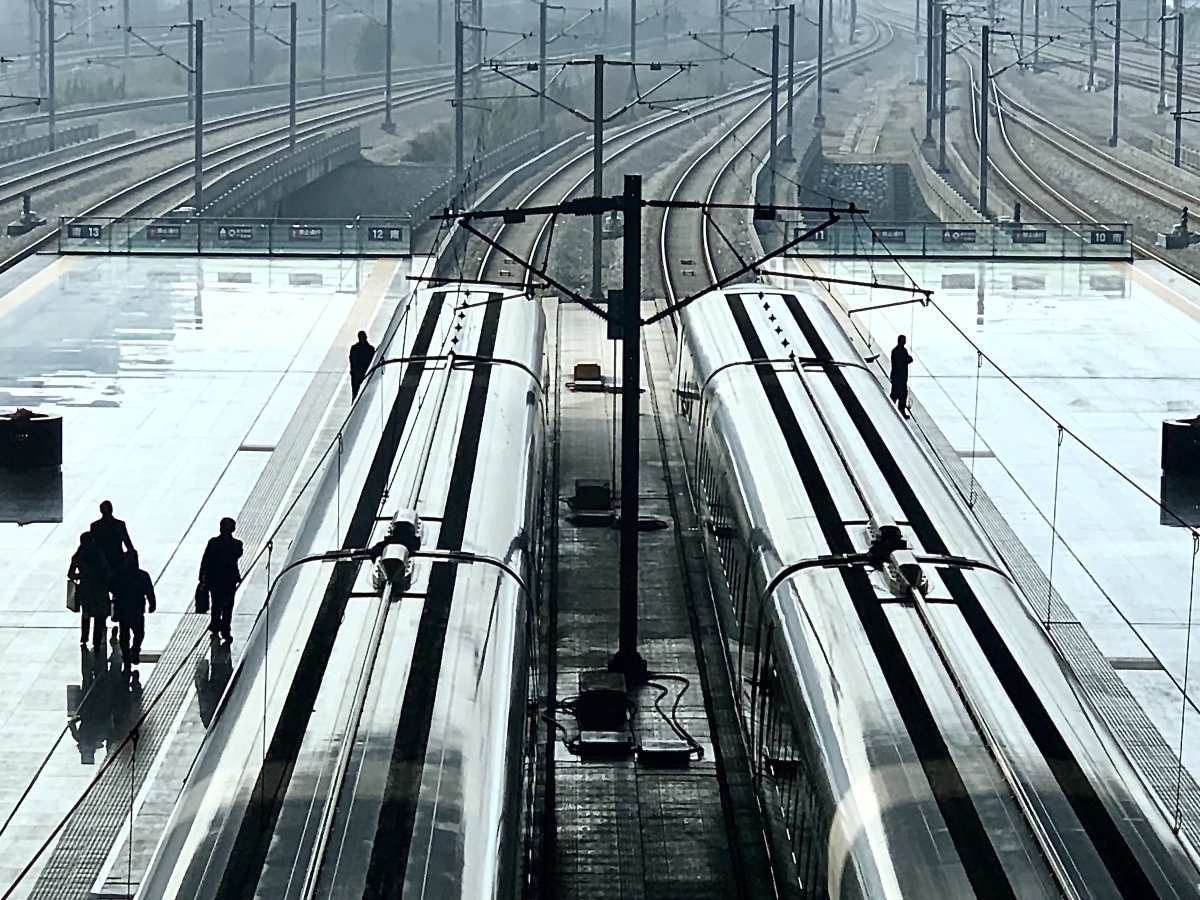
WHAT’S CHINA GOING TO DO ABOUT IT?
At the opening of the 20th Party Congress, General-Secretary Xi Jinping called on ‘promoting the spirit of frugality across the entire society’. None of the members of the new Politburo Standing Committee are pro-market economic pragmatists. The economy is Xi's Achilles heel, writes Kevin Rudd. Economic development was the Party’s central objective since Deng Xiaoping became leader in 1982. But, Rudd writes, it is no longer priority number one: ‘With the 2022 Congress report you see language emerging that the national security agenda is at least as, or perhaps more important than the economy.’ Still, the government needs to address the slowing growth. The solution so far? Three words: money, money, money.
- An old playbook has been dusted off: big spending on big infrastructure projects. Beijing rolled out over CNY 10 trillion (USD 1.4 trillion) in stimulus spending, 1.5 times more than during the 2008 global financial crisis, which China got through comparatively well. Almost a quarter of that amount has been thrown at new infrastructure. The problem is: you can only build so many airports, highways, and high-speed rail lines, and much has already been built. It is unclear if the new stimulus will have the effect you’d expect from it.
- Tax relief for small firms will be extended, while an additional CNY 200 billion is set aside to help the manufacturing and social services industries.
- Interest rates have been cut to make borrowing money cheaper. Banks have increased lending by 22% in the first nine months this year to USD 1.3 trillion. Most of the money flows to manufacturing, infrastructure, and technology, although lending to clean energy projects also increased by at least 25%.
- All this extra money helps to compensate for the immediate worst blows of the slump. But, according to consultancy Gavekal Dragonomics, ‘it doesn’t represent a solution to China’s structural slowdown. The current state of the economy is not a stable equilibrium.’
Where things go from here is getting a lot harder to grasp. Under Xi’s rule more than half of all economic indicators published by the national and municipal statistics bureaus have been discontinued, while the publication and reliability of vital stats can no longer be taken for granted. This Monday, the 3.9% GDP growth number for the third quarter was released after an unexpected delay. It sits well below Beijing’s annual goal of 5.5% and is a far cry from the double-digit growth that only recently seemed a given.
It’s more proof of the one thing that is not hard to grasp: from IMF and World Bank to multinationals, manufacturers, and the newly minted barbers of Wuhan – everyone is living through the end of China’s economic boom era.

KNOW MORE
- An excellent exposé on the trouble in China’s real estate sector and how it threatens the financial stability of local governments, in these two pieces from the Financial Times.
- Michael Pettis, a long-time American resident of Beijing and finance professor at Peking University, writes multiple excellent threads a day on Twitter, providing great context on the financial and economic headlines coming out of China. He also writes the China Financial Markets blog at the Carnegie Endowment for International Peace.
- Caixin remains a solid resource of English-language economic news from within China.
- Back in May, Kevin Rudd analyzed the mounting challenges to China’s economy for the Asia Society Policy Institute. His remarks still stand almost six months later. Watch the video here.
- Rhodium Group’s China Pathfinder compares China’s economic system to those of market economies.
- On our State of Asia podcast, economist Agatha Kratz, Head of China-E.U. research at Rhodium Group, dives into China and its economic quagmire. Get it on Spotify, Apple Podcasts, or any other major podcast platform. Or listen via our website.
